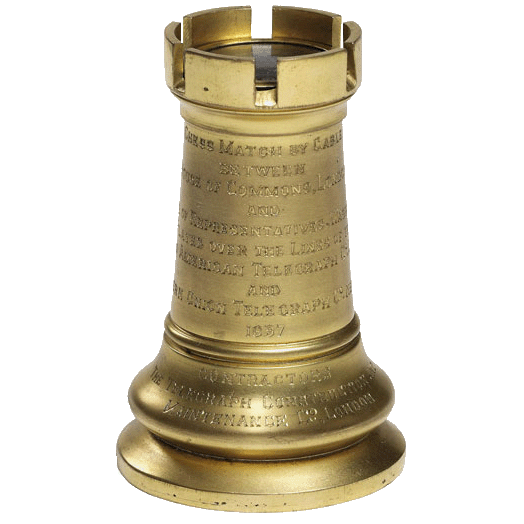Coin Tosses and Calculating Odds
There seems to be quite a bit of confusion on the probability of winning a series of coin tosses.
Everyone understands that if one tosses a single coin, the probability of heads (H) or tails (T) will be 1 in 2. A 50/50 chance.
But a number of people do not understand that tossing two or more coins compounds the probability. Each coin has a 50/50 chance of H or T, but the chance of a specific configuration of results is lower.
Instead of speaking in mathematical terms (basic probability theory), here is a very simple explanation based on enumerating possibilities.
What are the Odds?
If we have one coin there are 2 possible results: (1 in 2)
- H
- T
Two coins yield 4 possible results: (1 in 4)
- HH
- HT
- TH
- TT
Three coins yield 8 possible results: (1 in 8)
- HHH
- HHT
- HTH
- HTT
- THH
- THT
- TTH
- TTT
Four coins yield 16 possible results: (1 in 16)
- HHHH
- HHHT
- HHTH
- HHTT
- HTHH
- HTHT
- HTTH
- HTTT
- THHH
- THHT
- THTH
- THTT
- TTHH
- TTHT
- TTTH
- TTTT
Winning 6 of 6 Tosses
The probability of tossing four coins and have them land in a particular configuration is 1 in 16. So the probability of achieving HHTT (for example) is 1 in 16. For five coins the probability of landing one particular configuration is 1 in 32 and for six coins the probability is 1 in 64.
So if six coins are tossed anywhere in the world by anybody for any reason, the probability of those six coin tosses ending up in a particular configuration is 1 in 64.
Now apply this to the Iowa Caucus. If only six coins were tossed (disputed, but forget that) then the probability of one candidate winning all six tosses is 1 in 64.
Questions?



